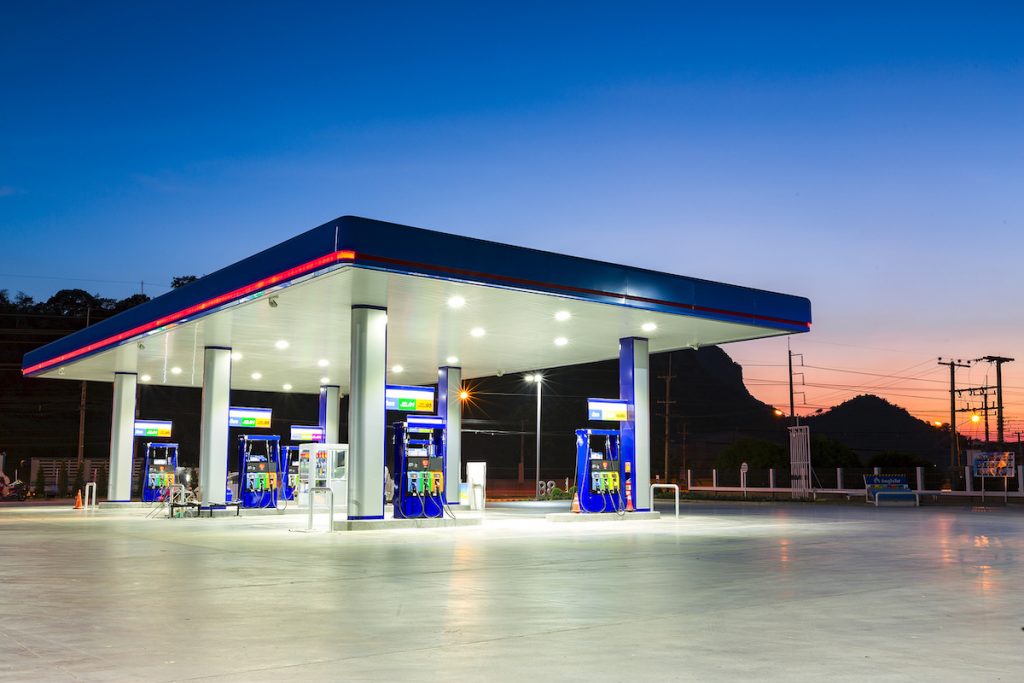 America has plenty of cultural institutions. We are, after all, a cultural arbiter for the rest of the world and lead the way in technology, innovation but also culture. From fast-food restaurants, American football stadiums, baseball, Hollywood, Broadway, there are plenty of unique aspects of American culture that have seeped into the rest of the world. The United States is still largely an automobile culture and the road trip is a quintessentially American pastime and cultural rite of passage.
America has plenty of cultural institutions. We are, after all, a cultural arbiter for the rest of the world and lead the way in technology, innovation but also culture. From fast-food restaurants, American football stadiums, baseball, Hollywood, Broadway, there are plenty of unique aspects of American culture that have seeped into the rest of the world. The United States is still largely an automobile culture and the road trip is a quintessentially American pastime and cultural rite of passage.
How many novels and films have been based on embarking on the open road? A lot. It’s part of who we are. And while we might not think about it as such— one indispensable part of this wonderful American life is the trusted, beloved, and ubiquitous gas station, which we have all come to depend on. Most of us probably take it for granted and know that if you’re on the road long enough, you will come into contact with one. It wasn’t always this way. Today, without much thought, you can fill up your tank, get a cup of coffee, a slice of (slightly suspect) pizza or breakfast burritos, toilet paper, beer, and more. Here at EP Cleaning Solutions, we have often helped clean these gas stations with our specialized power washing equipment, so we thought we’d take a look and this quintessential facet of American culture and day-to-day life.
The Quick Stop, Corner Store, Convenience Store and More
In 1900, America had about 4,000 automobiles. Today, there are approximately 273.6 million registered motor vehicles in the country. This includes cars, trucks, and motorcycles. When these early drivers needed gasoline to power their automobiles, they had to take a bucket to a nearby pharmacy and fill up from a gasoline barrel. Some early entrepreneurs would sell the gasoline from push-carts attached to a hose. The first development of the pump happened in 1905 when a man by the name of Sylvanus Freelove Bowser (what a name!) came up with the concept of a pump that filled directly into the tank. Many gas stations in countries like Australia are still known as bowsers. The early Bowser pumps used marble valves, a wooden plunger, and an upright faucet. Bowser patented his invention and formed a company and in that year of 1905, the self-measuring gasoline storage pump was widely known simply as a ‘filling station.’
Little to Mr. Freelove Bowser’s knowledge, this kerosene station would make quite the splash on American life in just the next few decades. He sold the pump to a grocery store owner in Fort Wayne, Indiana. A few years later the first multi-purpose drive-in gasoline service station would be opened in Pittsburgh.
The Fight For the First Filling Station
The first drive-in filling station is somewhat under debate. Some will cite it as a Standard Oil station in Seattle in 1907, St. Louis, and so forth. It seems to be, however, that in terms of ‘modern gas stations’ the first to open of its kind was in Pittsburgh in 1913. At this time, automobile ownership was on the rise as Ford released its more affordable Model T model. The station was opened by the Gulf Refining Company and was a lot more like the gas stations we know of today. It was designed as a pagoda-style brick facility and offered a variety of services including free air, water, crankcase service, and tire and tube installation. Another aspect of this station that set it apart from others is the fact that the station had attendants standing by. There was also shelter that provided some protection from rain and snow as motorists pulled up and came to sell the first commercial road maps. Instead of being just a filling station, the idea of the ‘service station’ was not taking shape.
Following the opening of this station in Pittsburgh, many would follow across the United States. Other early iterations of the service station included one opened in St. Louis, Missouri by Shell. This station had attendants that filled a five-gallon can filled it up and then hauled it to the customer’s vehicle. Pretty rapidly, the idea of the curbside service station or highway station caught fire and many opened across the United States.
In the mid 20th century, companies like Exxon (then Standard Oil Company of New Jersey) sold gasoline under affiliate gas names and began to sell other traveling commodities like maps of the area. Because filling up is quite simple today, almost entirely automated and without the need of an attendant or cashier, we might not remember that up until the mid-60s, attendants were needed to service these stations. Pumps were not yet fully automated and required the manual entry of the number of gallons that would be pumped. It was not until the 1980s, that credit card technologies were made available and slowly eliminated the possibility of getting stuck in the dark somewhere with no gasoline.
It might be hard to imagine today, but gas stations would often close for the night. The technology of today allows us to pull up to the pump at any moment and fill up. What a concept! Imagine your life without the convenience of the convenience store, gas station, corner store, Quickie Mart, or whatever other names you refer to it by. Of course, these facilities often get quite grimy because of all the passing vehicle traffic, spilled gasoline, oil, and so forth. That’s why EP Cleaning Solutions is here to remedy the accumulated gunk off the gas station with unbeatable power washing. Don’t let your gas station collect grime and dirty up this wonderful cultural institution! Let us celebrate the gas station, as it is a central part of millions of road trips every year.
